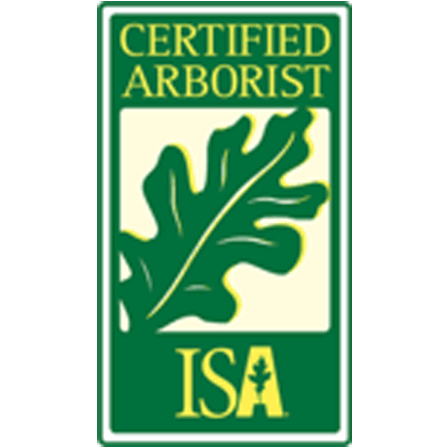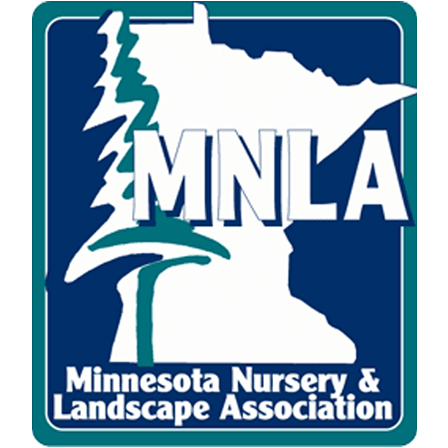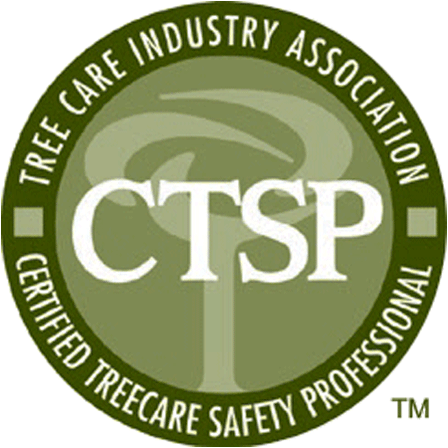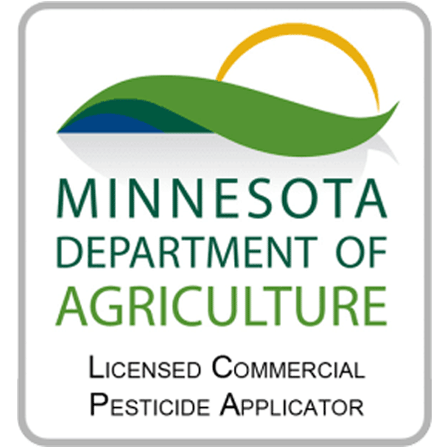What Exactly Is Apple Scab?
Minnesotans who grow apples at home have to battle many insect pests and diseases to produce a good crop, even if it's just for residential consumption.
Apple scab is the most common disease of ornamental crabapples in Minnesota. The fungus (venturia inaequalis) infects not just crabapples, but also other varieties of ornamentals as well.
If the apple scab infection occurs during the early stage of fruit development, the mature fruit may become deformed and cracked as the fruit grows.
Trees infected by apple scab may have leaves with olive green or brown spots. Highly infected leaves yellow and fall off early, sometimes near mid-summer.
Numerous years of early leaf loss can result in decreased tree growth, diminished bloom and heightened susceptibility to winter tree damage.
In the long term, planting disease-resistant fruit varieties is the most effective way to manage apple scab.
For those who have existing plants that are not resistant to this type of fungus, fungicides are the best option. Proper timing and correct application are required to ensure safety and effective treatment.
To successfully manage apple scab, fungicides need to be applied before leaf spots appear. Apple scab spores are released very early in the growing season, which means fungicide sprays must begin when the first green leaf tips emerge in spring.
Read Our Other Blogs
Fungicides only prevent healthy trees from infection. Once apple scab spots appear on the leaves of the tree, fungicides will not control the disease. Spraying an infected tree may minimize the spread of fungus but will need to be re-treated the following year at the correct time.
Like pesticides, fungicides are toxic. Reach out to the experts at Birch Tree Care to get a free quote.










